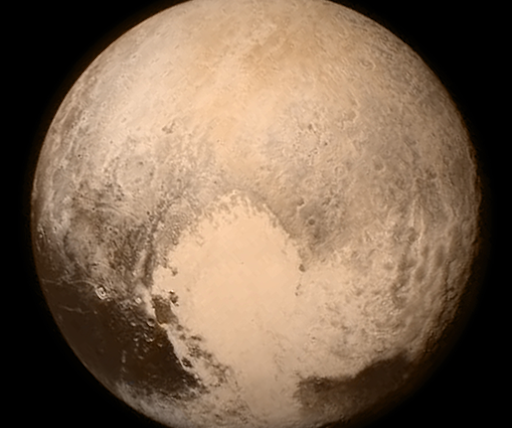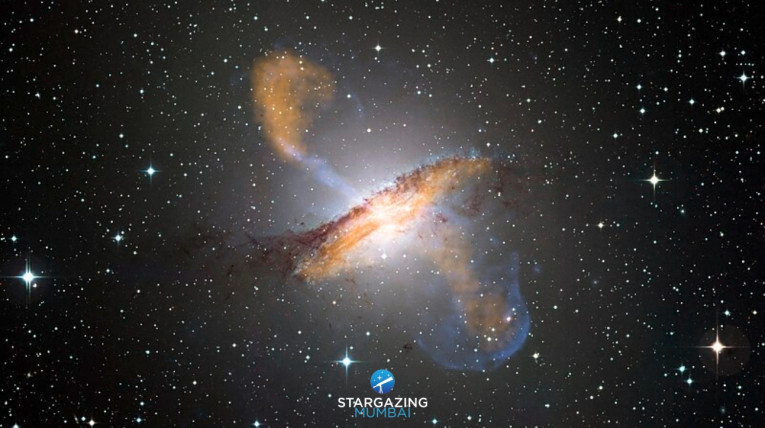Sixth planet from the Sun and the second largest planet in our solar system; Saturn has always amazed us with its beautiful and complex rings made up of chunks of ice and rock. It is a gas giant made mostly of hydrogen and helium. It is a seldom visited gem in our solar system with only a few missions visiting it including Pioneer 11, Voyagers 1 and 2 passing by, and the Cassini mission which orbited Saturn.
This jewel of the solar system will be at opposition reaching its closest approach of the year on the 26th and 27th of August 2023 ( Saturn at closest approach to the earth)
Some key features of Saturn
Saturn is really huge, about 72,366 miles wide. It’s mostly made of hydrogen and helium, kind of like the stuff stars are made of. What’s cool is that it has these amazing rings made of ice and rocks that go around it. These rings provide scientists with insights into the birth and development of planets. Saturn’s also special because it’s a big ball of gas, helping us figure out how gas giants work.
Saturn’s diameter is so immense that it could fit almost nine Earths alongside each other, and this measurement doesn’t even account for the grand expanse of its rings. It’s estimated that Saturn completes a single rotation on its axis, which we call a “Saturn day,” in roughly 10.7 hours (though the exact time isn’t known), and it takes a whopping 29 years to make its journey around the sun, equivalent to nearly three decades on Earth.
What happens during Opposition
What is the opposition?
Opposition is an event when Saturn, the ringed planet, lines up in a way that Earth stands between it and the Sun. Imagine Saturn, Earth, and the Sun all in a straight line. This is called opposition.

An image showing the opposition, where the sun, earth, and Saturn are in the same line. The earth is in between Saturn and the sun. At this position the Saturn is at its perigee which is the closest approach to the Earth.
During this special time, Saturn comes as close as about 65 million kilometers away. That’s like having a cosmic neighbour just a bit farther than you’d expect! It’s like Saturn is waving hello from its perigee, the closest point in its orbit to Earth.
The Seeliger Effect
Since it is opposite to the sun, the Seelinger effect would play its role. The Seeliger effect, named after the late German astronomer Hugo von Seeliger also known as the opposition surge, is a phenomenon that happens when something with lots of particles or rough surfaces gets really bright because the light source is right behind you. For Saturn, this means its rings shine brighter compared to the rest of the planet for a few days around the time between the 26th and 27th of August 2023.
Witnessing the Opposition
When to watch the opposition?
This opposition shall take place on the 26th and 27th of August 2023. The planet would rise at 18:50 IST and will reach its highest point in the sky at around 00:26 IST, which means it would be the best time to watch it.
How to watch the opposition?
Saturn will be in the constellation of Aquarius during the opposition. It would be the brightest with 0.4 magnitude. The size of the disk would also be the largest during opposition with 19 arc seconds across. You can use a binocular or a telescope to watch this spectacular planet.

Don’t miss the chance to be part of another interesting event in August 2023 – the Perseids meteor shower. Be sure to check it out now!



